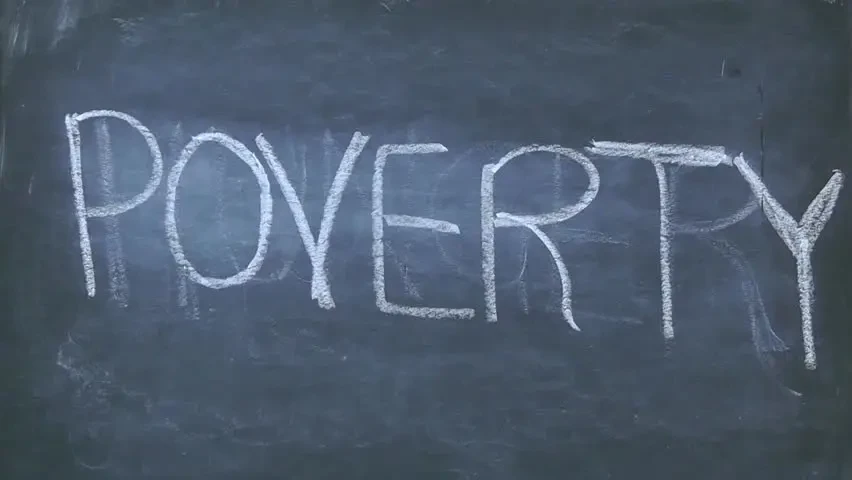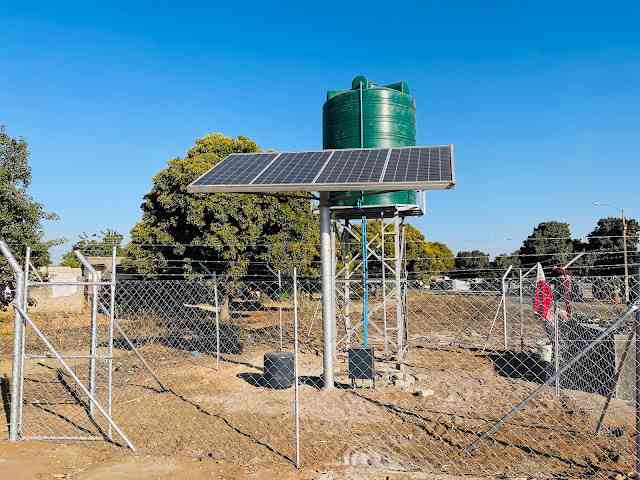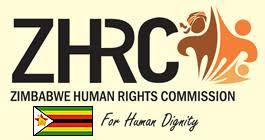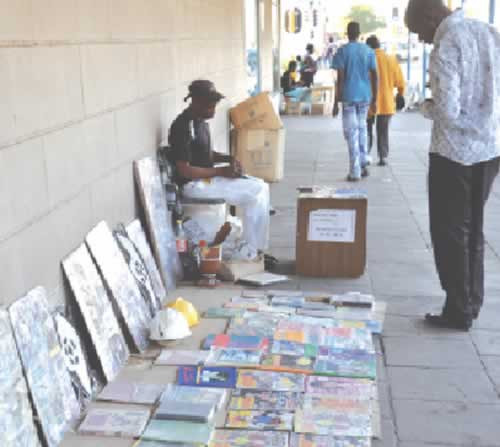
A GROWING number of Zimbabweans are no longer able to save and are struggling to meet daily living expenses due to rising poverty with most citizens borrowing for subsistence, a latest FinScope Consumer survey shows.
The survey was commissioned by the Reserve Bank of Zimbabwe.
“The main barrier for not investing on saving relates to liquidity issues — adults reported having limited disposable incomes after living expenses or having no income. Lack of awareness or financial education is also a main barrier for not investing,” the report read.
According to the report, 58% of Zimbabweans have nothing to save after living expenses, while 29% have no income at all.
Meanwhile, credit consumption slightly declined by three percentage points from 42% in 2014 to 39% in 2022 largely driven by a drop in borrowing from friends and family.
However, the majority of the credit accessors (34%) borrow to meet living expenses, while 17% is for emergencies other than medical.
Another 17% borrows for medical emergencies either planned or unplanned, while 13% borrow for education or school fees.
According to the survey, the majority of the adult population earn small, inconsistent and irregular incomes.
- Mbavara eyes to resurrect Matavire’s music legacy
- Village Rhapsody: Pay teachers a living wage
- Zim exiles panic over SA permits
- Village Rhapsody: Pay teachers a living wage
Keep Reading
The survey noted that about three in five (58%) adults rely mainly on piece jobs, farming and support from family members, livelihoods that are often related to low levels of income.
The exchange rate crisis has also been a major problem on the market with almost two-thirds of the adults finding it difficult to change money from local currency to United States dollars or vice versa.
“Thirty-eight percent of adults reported that they have lost money because of currency conversion,” the survey read.
The majority of adults were earning an average US$100 or $25 000 or below between 2021 and 2022.
The low wages, according to the survey, are expected considering that the majority work in the informal sector and are involved in subsistence farming.










